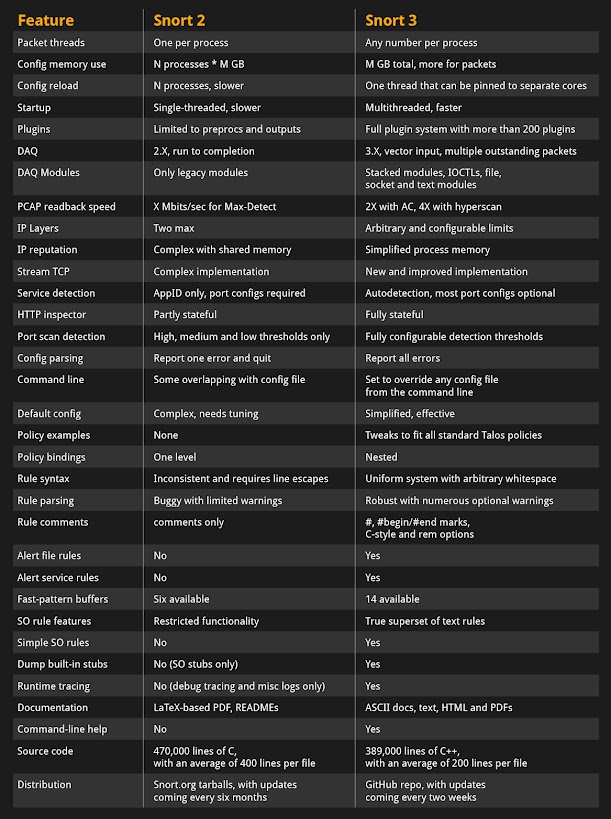avtella
Very Senior Member
You could just use ntopng to monitor traffic flows to go alongside with pfblockerng, to keep it simple if it’s for home use. ntopng has layer7 functionality. Lot of traffic is encrypted anyway so it may not be worth the hassle for a full fledged IDS/IPS setup for home.I have been running pfBlockerNG for a couple years now. I am quite happy with it. Foremost, it is much easier to set up than SNORT (which i tried for several weeks) and SNORT requires much more time to tune and tweak whereas pfBlockerNG works almost out of the box with IPV4 and DNSBL. Maybe in the end SNORT can do more but for now, i am still contemplating if i need more security such as IDS/IPS. For now, i am not convinced yet. Maybe it will come one day.
If using Snort/Suricata and wanting to enable blocking I would suggest only alerts on WAN and blocking enabled LAN (after some testing) side and tweak from there or you’ll get overwhelmed. I suppose pfblocker rules might help cut out some of the stuff that has Suricata/Snort to deal with.
I used this guide video as a starting point, when I tested snort and later Suricata for which they have one as well:
Last edited:


